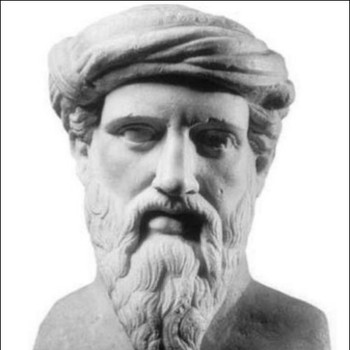What is dark matter or anti matter ?
1 Answer
Dark matter and antimatter are two separate things.
Antimatter is a mirror-like version of "normal matter".
The true nature of dark matter is still unknown.
Explanation:
First of all, "dark matter" and "anti-matter" are two very different things.
Secondly, you need to know what "normal matter" is to talk about these.
So what is normal matter? It is the matter that makes our body, the air we breathe and the food we eat, it makes up our planet and many more, the Sun and the other stars, grouped into galaxies.
Basically, it is the matter we are most familiar with and that we have in abundance in our everyday lives.
Microscopically speaking, this matter is made of all sorts of atoms (google 'periodic table of elements'). Let's take a look at the hydrogen atom (H) which is the simplest atom, and happens to be the most abundant, in the Universe.
The hydrogen atom is in fact made of two parts: one proton and one electron. The proton has a positive charge and the electron has a negative charge that exactly negates that of the proton (effectively making the atom electrically neutral).
It has been known for a while that a phenomenon called pair-production/annihilation occurs in Nature, where an electron-positron (
In a similar fashion, the elementary particles that make up the proton (two up quarks and one down quark) have their own anti-matter equivalent (up and down antiquarks) and have opposite charge, so one can build an antiproton (of negative charge) made of antiquarks, and eventually combine it with a positron (an anti-electron, has positive charge) to make an anti-hydrogen atom (google it!). So, THAT is antimatter.
As in the electron-positron pair, when a proton and an antiproton collide, they disappear (annihilate).
Dark matter is still a mystery. We do not know what it is made of. It is very unlikely to be made of normal matter (or antimatter, for that matter... pun, hihi), or it could be made of some exotic particles, no one knows yet, and it is considered one of the biggest questions in modern astrophysics.
We know it exists and we can see its gravitational effects on things like the rotation of disk galaxies, or the gravitational lensing by cluster of galaxies (these are the two evidences that dark matter exists). In the former, the rotational velocity of the disks is unusual as it rises in velocity from the center of the galaxy to reach a maximum and then flattens out all the way to the outskirts of the disk. This is not possible without the presence of a large amount of "something" that increases the mass of the galaxy.
This something is apparently not visible, as we are still able to see distant galaxies without any attenuation by that something, so that something is not bright, does not interact with light, yet has mass and therefore gravitational force. We call this "dark matter". The other evidence with gravitational lensing is that they would not be possible only from the normal matter of the cluster of galaxies but absolutely need dark matter to be produced. Our current understanding is that galaxies are embedded at the centers of gigantic dark matter halos, that can also merge and interact with each other.
I hope these explanations cleared things up!

